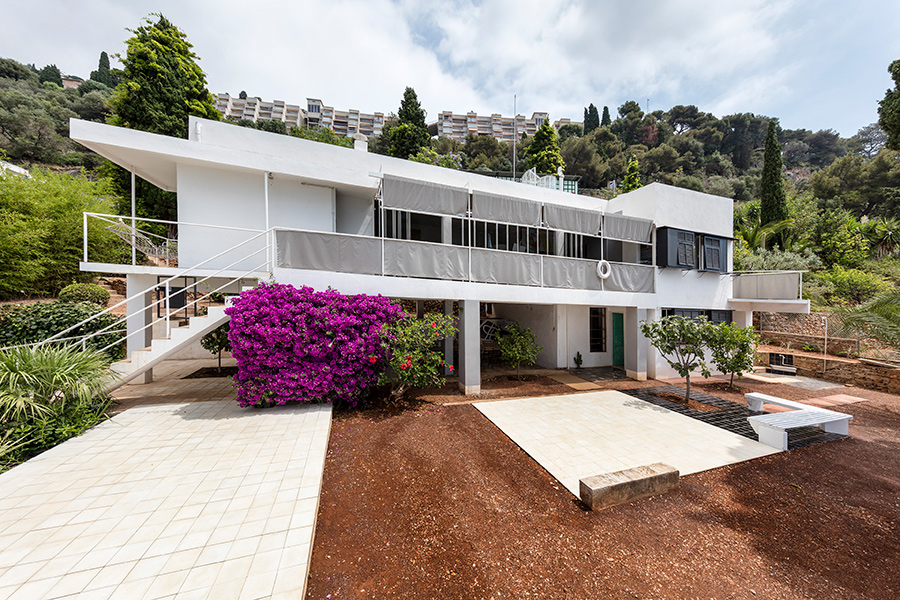Across many countries, Pride Month takes place in June and is a time to celebrate the accomplishments of all those who identify as lesbian, gay, bisexual, transgender, queer, intersex, asexual, and any other gender/sexual fluidity. The list will continue to grow as we begin to recognize more identities that make each of us unique, for this article we will refer to this community as the LGBTQIA+ community. We took time to reflect on successful past and present architects of this community. Many of the architects listed below lived during a time where research and information on gender and sexuality were limited. These architects have not only contributed to memorable designs and strides in architecture but also was a voice in the LGBTQIA+ community.
Here are a few notable architects from the LGBTQIA+ community:
1. Amaza Lee Meredith
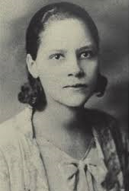
Born in 1895 to an inter-racial couple, Amaza Lee Meredith was an African American architect who lived in Virginia with her partner Edna Meade Colson, an incredible advocate for African American’s access to higher quality education. During a time where Meredith’s sex, race, and sexual orientation has limited her opportunities, Amaza exemplifies queer black excellence. After starting her career as an elementary school teacher, she proceeded to obtain a teaching certificate at Virginia State University and then a bachelor’s and master’s degree at Columbia University in fine arts. Through her studies, she began experimenting in architecture and interior design and eventually used her skills to design homes for family and friends.

Amaza’s most notable project was her home, Azurest South. Built in 1939, the Azurest South sits on the Virginia State University campus where Amaza founded the Art Department and taught art for 28 years. The Azurest South gained notoriety for its unique avant-garde look, an international design that is rarely seen in America at the time. At the age of 63, she retired at the Azurest South with her partner and continued her life as an artist. She painted, designed more homes, and even ventured into logo design. Amaza was laid to rest in 1984 alongside her partner, Edna in Petersburg, Virginia.
Photos credited to the Virginia State University
2. Eileen Gray
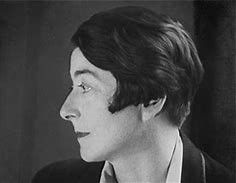
Photos credited as Public Domain
As a talented woman in a male-dominated industry, Eileen Gray was an extraordinary designer and architect who was forgotten before finding fame at the age of 94. Born in 1878, Gray was the daughter of a landscape artist and an aristocrat. Her earliest work focused on designing with Japanese lacquer, a technique she mastered from lacquer artist, Seizo Sugawara. Gray found success in her lacquer furniture, allowing her to open a store in Paris. During this time, being a business woman was unheard of. It is speculated that Gray recognized her gender disparity and therefore named her store, “Galerie Jean Desert.”
She was an open bisexual, mingling with the lesbian community which includes painter Romaine Brooks, and singer Maria-Louise Damien. However, Gray’s most significant love is with a man, Romanian architect Jean Badovici. It is this relationship that inspired Gray’s first architectural and most well known building, the E.1027. A pristine white villa, the E. 1027 is a modernist structure sitting by a sea-side cliff in the South of France. Aside from its innovative design by an amateur architect, the home is infamous for being the set of a scandal with architect Le Corbusier. Gray’s designs were ahead of its time with her sleek look soon becoming an icon for the Bauhaus movement.
Gray spent a lot of time in isolation in her later years and her designs slowly faded. It was not until 1972, when work found a new sense of fame. Joseph Rykwert of Domus, an architecture and design magazine, published an article on Eileen’s visionary life. You can read Rykwert’s work here. After the publication, the industry craved her designs specifically her steel bedside table, inspired by the E.1027; it was mass produced for the public. Her legacy lives on as a permanent exhibition at the National Museum of Ireland.
Photos credited to Manuel Bougot
3. Legg W. Dorr

Photo credited to ONE National Gay and Lesiban Archives at the University of Southern California
William Dorr Legg was a landscape architect and a prominent American gay rights activist. He started his education in landscape architecture at the University of Michigan. After his study, Legg moved to New York City and continued his career as a landscape architect before moving to become a professor of landscape design at Oregon State College. After 7 years as an educator, Legg returned to Michigan to tend to his dying father and to take care of his family’s business. During this time, Legg met his partner Merton Bird. Their relationship faced many obstacles as Legg was a white man and Byrd was a black man. After encountering an arrest for Legg’s interactions with an African American man, Legg and Bird moved to Los Angeles in hope of finding an accepting community. The move to Los Angeles became the start of his life long devotion to the LGBTQIA+ community.
As Legg and Bird began to immerse themselves into the community, they were introduced to members of The Mattachine Society, one of the earliest American gay rights society. In 1953, these men formed ONE Incorporated, an organization dedicated to unifying the gay community through education. The organization released one of the first pro-gay magazine publication in America. It became controversial as the U.S. Post Office began refusing the distribution of the publication and this case even reached the Supreme Court. Legg continued the organization’s mission and ONE became a prestigious institute for LGBTQIA+ studies. The organization offered a range of educational courses and in 1981 the State allowed them to grant master’s and doctorate’s degrees.
The ONE library, also known as the IGLA (International Gay and Lesbian Archives) is the largest LGBTQIA+ archive in the word. It houses papers, films, recordings, art, and any historical contributions to the LGBTQIA+ community. The archive is a testament to the legacy of Dorr Legg.
4. Philip Johnson
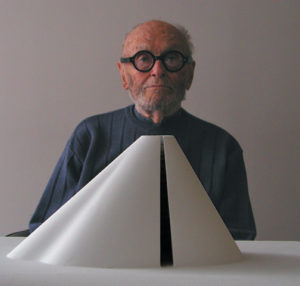
Photo Credited to B. Pietro Filard., CC BY-SA 3.0
Although a highly controversial person, Philip Johnson is a well known contemporary modern architect. Johnson was initially an art curator and historian, he later found his passion for architecture after designing his first and most famous work, the Glass House in New Caaan, Connecticut. With exposed steel frames and a minimalist design, the structure was well received by the architect industry and soon after Johnson found himself designing structures that will shape the New York skyline. Johnson earned the American Institute of Architects Gold Medal in 1978 and the first Pritzker Architecture Prize in 1979.
5. Maria Carlota Costallat de Macedo Soares

Photo credited to Abeeygoru, CC BY-SA 4.0
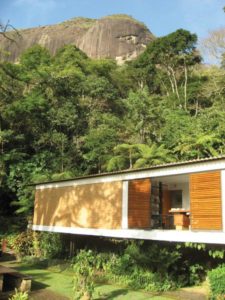
Also known as Lota, Maria de Costallat de Macedo Soares was a Brazilian aristocrat and self-taught architect and landscape architect. She served as inspiration for the famous poet, Elizabeth Bishops. Lota and Bishops met in 1951 when Bishops fell severely ill from an allergic reaction in which Lota nursed Bishops back to health at her home in the mountains of Petrópolis. The two became lovers and the lived together on Lota’s estate where an additional studio was built for Bishops. The design of the home they shared incorporated Lota’s natural artistic abilities with the formal training of Brazilian architect Sérgio Bernardes. Lota and Bernades shared a similar passion for Modernism despite having different visions of modern design. This award winning house is surrounded by a forest scenery and was named “Fazenda Samambaia.” It features natural materials like bricks and stones from the land it resides on and a metal roof, the first of its kind in Brazil.
Photo of the Lota’s home (right) credited to Katrina Dodson of Department of Comparative Literature at UC Berkeley.
Lota was also known for her design and urban planning of the Flamengo Park in Rio de Janeiro. The park was in collaboration with highly acclaimed landscape artist, Roberto Burle Marx. The Flamengo Park consists of a large botanical garden, a museum, and recreational spaces for visitors. It is one of the largest urban parks in Brazil spanning 296 acres, it is believed to be inspired by Central Park in New York. This grand project proved to be a difficult task and it began to inflict tremendous stress on Lota’s relationships and mental health, leading to her suicide in 1967. Her story was adapted as a movie in 2013, Flores Raras, in Spanish and Reaching for the Moon, in English. Lota’s landscape design aesthetic has been reinterpreted in many modern design patterns such as the Ipania Beach pattern in Rio de Jaineiro.
6. Geoffrey Bawa
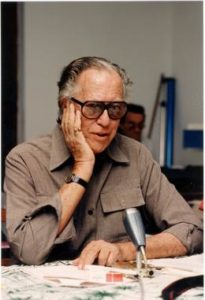
By Source, Fair use, https://en.wikipedia.org/w/index.php?curid=62543797
A trailblazer for Tropical Modernism, Geoffrey Bawa, a Sri Lankan architect, is a highly celebrated architect who incorporates the context of nature and elements of modernism. His contributions to his home country includes Sri Lanka’s Parliament building, Bentota Beach Hotel, Kandalama Hotel, Blue Water Hotel, the University of Ruhuna, and his most famous work, the Lunuganga Estate. The Lunuganga Estate was a rubber plantation purchased by Bawa in which he transformed it into a home surrounded by a curated garden. This project lasted 40 years as Bawa recognized his lack of architectural skills and left to England to study architecture. The Lunuganga main appeal is its natural ability to blend with its surrounding, effortlessly blending modern design with a tropical landscape. Bawa designs with the surroundings in mind, meshing the interior with the exteriors.
7. Charles Willard Moore

Photo credited to the Charles Moore Archives by the University of Texas, Austin
An award winning writer and educator, Charles Willard Moore made significant contributions to the architecture industry through his prolific books, classes, and projects. At the age of 21, Charles became a licensed architect. He was a scholar, completing his master’s and doctoral degree at Princeton University in 1957. Moore contributed his architectural knowledge to 6 different schools, which includes the University of Texas at Austin, University of California at Berkeley, University of California at Los Angeles, and was even Dean of the Architecture Department at Yale University. Aside from his scholarly contributions, Moore was a mastermind behind many notable projects. His most famous work is arguably the Piazza d’Italia in New Orleans, Louisiana. The Piaza d’Italia is a public plaza that pays homage to the Italian community, Moore injected his playful persona into the historic structures of Italian architecture. He is seen as one of the pioneers of Post-Modernism. His contributions earned him the Guggenheim Fellowship for Humanities Award in 1977 and the prestigious Gold Medal Award from the AIA in 1991.
8. Robert A.M. Stern
Robert A.M. Stern has a profound impact on the architecture industry for his paradoxical style of being a modernist and traditionalist. He earned his B.A. in 1960 at Columbia University and his M.A. in 1965 at Yale University, where he later on became the Dean for Yale’s School of Architecture from 1998 to 2016. Stern understood architectural history and being a contemporary architect, he often merged traditions with modern designs. Stern had experience in designing luxury homes in New York before finding his own firm, RAMSA. His notable projects included 15 Central Park West in New York and Disney’s Beach Club Resort in Florida. Stern is a highly decorated architect receiving the Topaz Medallion, Vincent Scully Prize, Athena Award, and the Driehaus Architecture Prize for his remarkable contributions.
9. Jorge Silvetti
Jorge Silvetti is an influential architect and urban designer. Silvetti graduated from the University of California at Berkeley in 1969. His impact on the architectural industry is prevalent in his 1977 essay “The Beauty of Shadows” where he discusses the discourse of the architecture industry. Furthermore, he became a part of the Harvard University Graduate School of Design, offering his talent and mentorship. Soon after he served as chairman for the Architecture Department. Silvetti’s found his own architectural firm that won multiple awards for their designs including, the Progressive Architecture award, Boston Society of architects award, the Topaz Medallion, Rome Prize, and the first award in architecture by the American Academy of Arts and Letters.
Written by: Vu Nguyen
References:


